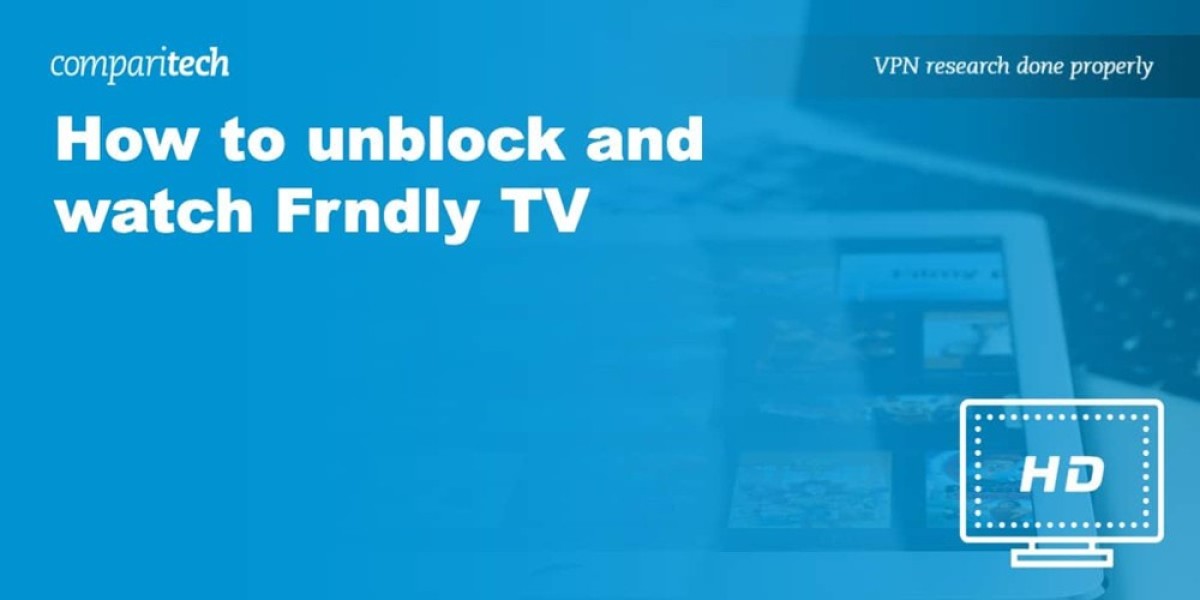Internet of Things (IoT) Cloud Platform: Enabling the Connected Future
In today’s digitally interconnected world, the Internet of Things (IoT) is revolutionizing how devices communicate, collect data, and deliver insights. At the heart of this transformation lies the IoT cloud platform—a powerful, scalable infrastructure that enables the seamless integration of connected devices, data processing, and intelligent decision-making.
? What Is an IoT Cloud Platform?
An IoT cloud platform is a suite of cloud-based services and tools that support the development, deployment, and management of IoT applications. It bridges the gap between physical devices and business systems, providing a centralized architecture for:
Device connectivity and control
Data collection and storage
Real-time analytics and visualization
Application integration and security
Leading platforms include AWS IoT Core, Microsoft Azure IoT Hub, Google Cloud IoT, IBM Watson IoT, and Oracle IoT Cloud.
? Key Components of an IoT Cloud Platform
Device Management
Provisioning, monitoring, and managing thousands (or millions) of devices remotely and securely.Data Ingestion & Processing
High-volume data ingestion pipelines that can process, cleanse, and transform real-time data streams.Analytics & Insights
Built-in analytics engines to uncover patterns, predict outcomes, and trigger automated actions.Security Framework
End-to-end encryption, authentication protocols, and anomaly detection to protect device-to-cloud communications.Application Enablement
Tools and APIs that help developers build scalable IoT apps without managing complex backend infrastructure.
? Real-World Applications
IoT cloud platforms are transforming multiple sectors:
Smart Manufacturing: Monitor equipment health, predict maintenance, and optimize factory workflows.
Healthcare: Enable remote monitoring of patient vitals and real-time alerts to medical staff.
Smart Cities: Manage traffic, lighting, waste, and utilities using connected sensors and platforms.
Agriculture: Collect data on soil, weather, and crop conditions to improve yield and sustainability.
Retail & Logistics: Track inventory, monitor cold chains, and streamline supply chains.
? Benefits of Using an IoT Cloud Platform
Scalability: Easily scale from a handful of devices to millions without major infrastructure upgrades.
Speed to Market: Pre-built tools and APIs accelerate development and deployment cycles.
Cost Efficiency: Pay-as-you-go models eliminate upfront hardware and maintenance costs.
Interoperability: Support for diverse hardware, protocols, and integration with enterprise systems.
Real-Time Intelligence: Enable faster, more informed decision-making through live data analytics.
⚠️ Challenges and Considerations
While IoT cloud platforms offer immense value, organizations must navigate certain challenges:
Data Privacy & Compliance: Ensuring adherence to regulations like GDPR and HIPAA.
Vendor Lock-In: Choosing a platform that allows flexibility and portability.
Network Reliability: Ensuring connectivity in remote or infrastructure-poor environments.
Integration Complexity: Harmonizing legacy systems with new IoT infrastructure.
? Future Outlook
As 5G networks expand and edge computing matures, IoT cloud platforms will become even more powerful. Edge-cloud collaboration, AI-driven automation, and enhanced security features will define the next generation of IoT ecosystems. According to market forecasts, the global IoT platform market is expected to surpass USD 30 billion by 2030, reflecting widespread enterprise adoption.
✅ Conclusion
The Internet of Things cloud platform is more than just a backend—it’s the digital nervous system powering the next wave of intelligent, connected experiences. Whether it's optimizing industrial operations or improving urban infrastructure, IoT cloud platforms are central to unlocking the full potential of a smarter, more responsive world.
Read More
| Piezoelectric Actuators And Motor Market |
| Pin Diode Market |
| Platform Screen Door System Market |
| Positive Material Identification Market |
| Video Intercom Device Market |








